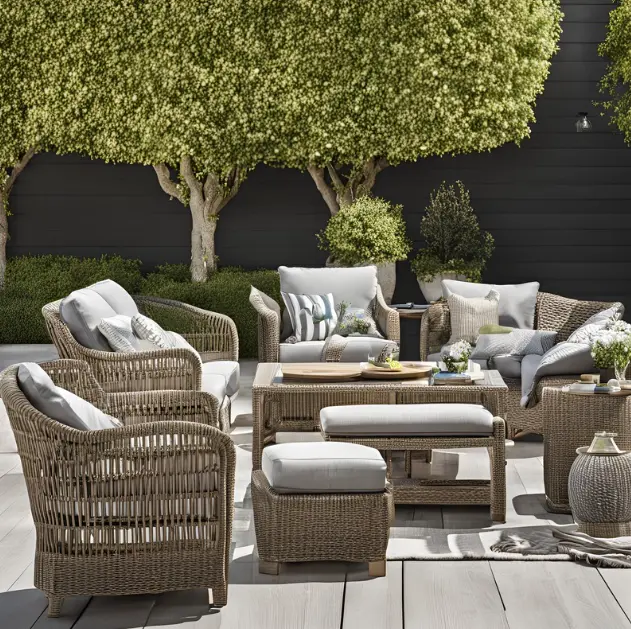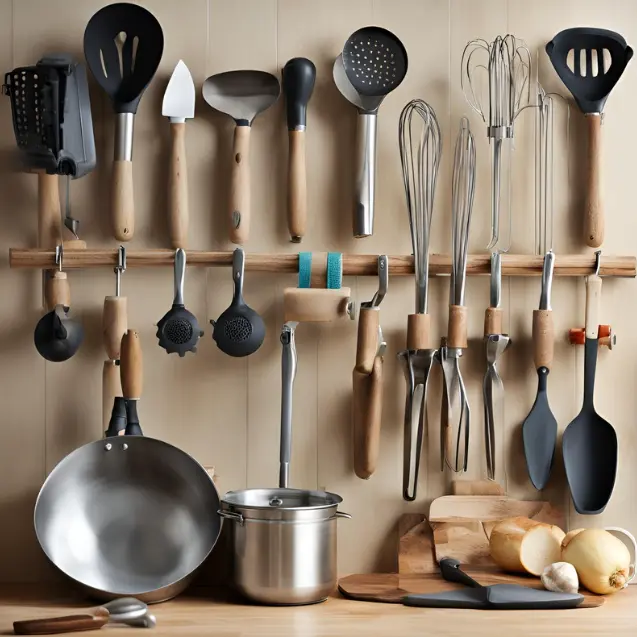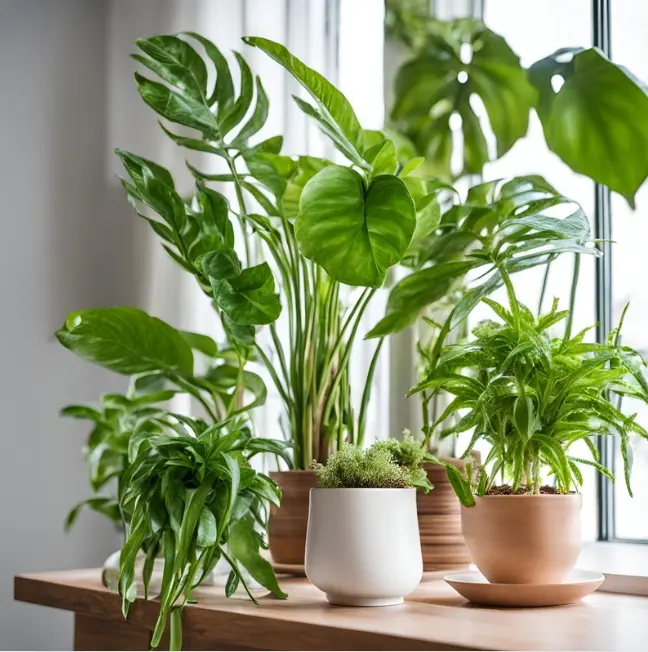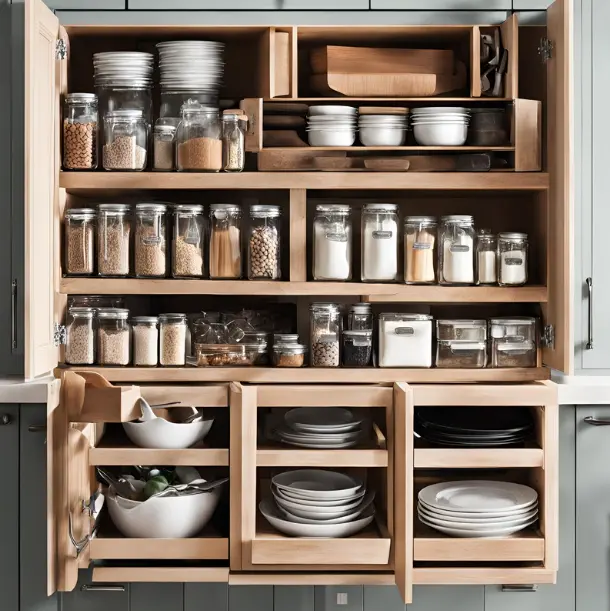Ultimate Summer Outdoor Furniture Maintenance Guide
Your outdoor furniture will face a lot of wear and tear during the summer due to the intense exposure to heat and other elements. Things you may have to deal with include fading, warping, stains and possible bug infestations. This is why you need to incorporate good outdoor furniture maintenance into your gardening routine.
We present you some of the best tips and tricks to keep all your furniture tip-top during the summer.
1. Plastic Furniture:
This is most common type of furniture in many backyards due to their relatively cheap prices, lightness and resilience.
Thankfully, plastic furniture is also the type that needs the least amount of maintenance. However, during the hottest days of the summer, it is best to keep the plastic furniture in the shade where there is no direct sunlight in order to ensure their longevity.
2. Wood or Wicker Furniture:
A rustic and beautiful addition to a garden, but a bit higher up on the maintenance side. You will have to give all your wood or wicker pieces a yearly stain treatment. This will help the furniture maintain its appearance. What’s more, regular treatment of wood allows you to keep your furniture outside all year long.
When applying a wood treatment, make sure the furniture is dry and clean of debris. This is to ensure you don’t have to remove dust or dirt from a fresh layer you just painted!
3. Cushions and Fabrics:
These are most likely the first thing you notice when you and look at the furniture in your backyard. Cushions and upholstery kept outdoors need a wash more regularly than you think.
The best materials to use when it comes to outdoor cushions is cotton and yarn, as these retain their color and are bound to last longer under sun exposure. Regular washing of the fabrics with hot water removes dirt and kills bacteria effectively, letting you keep them fresh all year round.
Read more: Simple ways to decorate your coffee table
4. Stain Removal:
The first rule of keeping clean furniture is to avoid spills and stains as much as possible. If there are any mishaps, wipe down any spills as quickly as possible with a dry cloth, followed by a light soapy mixture to remove any discoloration.
On wood or wicker, a soft brush will do the trick, while on plastic, a piece of cloth is just fine most of the time.
If your wooden furniture is unsealed, you can sand it in the direction of the wood’s grain and seal it to avoid further issues. On wicker, which is prone to mildew, wipe the affected area with a mix of water and white vinegar. Then, wipe with a clean dampened cloth to avoid buildup.







